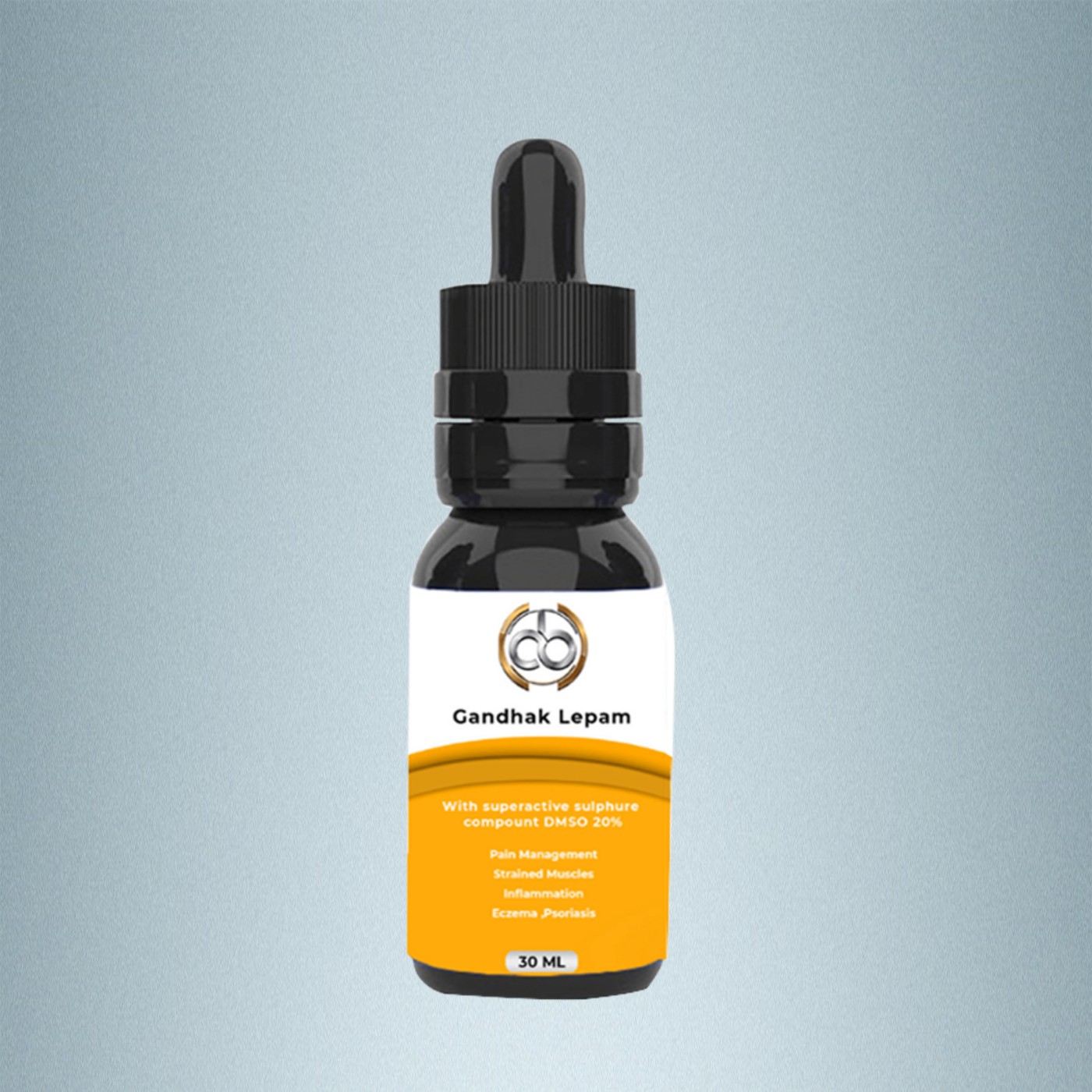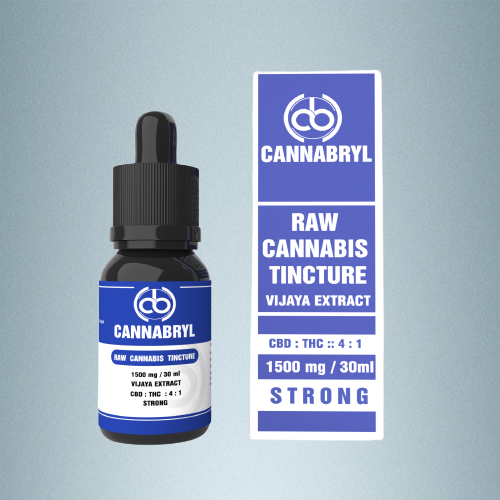Ayurvedic perspective of RA and role of herb Vijaya
In Ayurveda, joint and connective tissue disorders are categorized into three main types: 'Amavata', 'Vatarakta', and 'Sandhivata'. These classifications encompass a wide range of joint pathologies resulting from imbalances in the kapha, pitta, and vata doshas respectively. Additionally, conditions such as inflammatory swelling of the knee joint, known as 'kroshtukashirsha', are also considered. While 'Amavata' is often associated with rheumatoid arthritis, it encompasses a broader spectrum of conditions including rheumatic fever and ankylosing spondylitis. 'Vatarakta', on the other hand, primarily affects middle-aged individuals and is characterized by the involvement of both blood and vata dosha, manifesting in joint, skin, and blood vessel symptoms. The condition progresses slowly and can lead to severe joint deformities and systemic complications. 'Sandhivata' represents degenerative joint diseases, often attributed to factors causing obstruction and wear and tear. It predominantly affects older individuals and is characterized by pain and swelling in the joints, particularly upon movement.
In terms of treatment, Ayurvedic principles emphasize addressing the underlying doshic imbalances and purifying the body to prevent recurrences. Each condition requires a tailored approach, focusing on pacifying the aggravated doshas and restoring balance to the body's systems. Furthermore, Ayurveda acknowledges the individuality of each case, highlighting the importance of personalized treatment algorithms based on the specific manifestations and stages of the disease.
Regarding rheumatoid arthritis, while exact correlations in classical Ayurvedic texts are challenging to establish, conditions like 'Amavata' and 'Vatarakta' are often associated with similar symptoms and pathologies. However, Ayurvedic treatment approaches prioritize addressing the underlying doshic imbalances and pathogenic factors, rather than seeking direct parallels with biomedical diagnoses.
Clinical studies have shown promising results with Ayurvedic treatments, particularly when integrated with modern medicine approaches. By focusing on individualized treatment algorithms and considering the holistic perspective of Ayurveda, better outcomes can be achieved in managing joint diseases.
The herb Vijaya, also known as Cannabis sativa or Cannabis indica, has been a subject of interest in the context of arthritis due to its potential therapeutic effects. In Ayurveda, Vijaya is classified as a 'Balya' herb, meaning it possesses strengthening properties, and it is also considered 'Amapachana', meaning it helps in the digestion and elimination of toxins, including ama, which is implicated in joint diseases.
Vijaya is believed to exert anti-inflammatory and analgesic effects, which can be beneficial for alleviating symptoms associated with arthritis such as pain and inflammation. It contains compounds called cannabinoids, including tetrahydrocannabinol (THC) and cannabidiol (CBD), which interact with the body's endocannabinoid system to modulate pain perception and inflammation.
Studies have shown that cannabinoids found in Vijaya may help reduce inflammation by inhibiting the release of pro-inflammatory substances and modulating immune responses. Additionally, cannabinoids have been found to alleviate pain by acting on pain receptors in the brain and peripheral nerves.
However, it's essential to approach the use of Vijaya for arthritis with caution and under the guidance of a qualified healthcare professional. While some research suggests potential benefits, there are also concerns about side effects and the addictive potential of cannabinoids, particularly THC. Moreover, the legal status of cannabis varies widely across different regions, and it's crucial to adhere to local regulations.
In summary, Vijaya shows promise as a potential therapeutic option for arthritis due to its anti-inflammatory and analgesic properties, but further research is needed to elucidate its safety and efficacy profiles fully.
Conventional Modern approach on Legal Cannabis FOR Rheumatoid Arthritis
Medical cannabis may help in Rheumatoid Arthritis (RA) in several ways. Cannabinoids, such as THC and CBD, can interact with the body's endocannabinoid system, which plays a role in regulating pain perception and inflammation. This interaction can help reduce pain and inflammation associated with RA. Additionally, cannabinoids may also have immunomodulatory effects, which can help regulate the immune system's response and reduce inflammation.
What Studies Exist to Support the Use of Cannabis Against Rheumatoid Arthritis?
A 2005 study published in Oxford Academic evaluated the pain-relieving and anti-inflammatory properties of a standardized CBM made from whole plants with defined ratios and dosages of THC and CBD. The participants were rheumatoid arthritis patients who had chronic disease and poor pain control. It was observed a significant analgesic effect and a suppression of disease activity. Although the differences in the response were small and varied among individuals, they were clinically relevant and highlighted the need for further research into dosage, formulation, and patient subgroups.
The primary endpoint of the study was the suppression of pain on movement, indicating a peripheral analgesic effect, while the suppression of pain at rest suggested a more central effect. The modest suppression of inflammation activity may indicate an influence on the immune system. The study also showed that CBM had no significant toxicity and was generally well-tolerated. Although this is the first controlled study of a CBM in rheumatoid arthritis, the results are promising. Larger and more prolonged studies are needed to fully understand the potential benefits of CBM in this population.
A more recent study conducted in 2021 examined the impact of medical cannabis on pain and sleep quality in 319 participants with RA and other health conditions. The study used questionnaires to evaluate the effects of medical cannabis use. The results showed that medical cannabis had a positive impact on both pain and sleep quality.
Does cannabis for rheumatoid arthritis have side effects?
The side effects of using medical cannabis for pain, palliative, and cancer care can vary depending on the individual, the method of use, the dosage, and the type of cannabis used.
It can range from Psychotropic effects like euphoria, drowsiness, dizziness, and confusion to cognitive ones including issues related to memory, attention, and reaction time. Besides, smoking or inhaling cannabis can cause respiratory irritation, coughing, and bronchitis. This can be a concern for patients with preexisting lung conditions.
Cannabis can also cause changes in heart rate and blood pressure, which can be problematic for patients with cardiovascular disease and gastrointestinal discomfort, including nausea, vomiting, and diarrhea.
Key takeaways
-
Medical cannabis may help in Rheumatoid Arthritis by interacting with the body's endocannabinoid system to reduce pain and inflammation.
-
A 2005 study showed that a standardized CBM with defined ratios and dosages of THC and CBD had a significant analgesic effect and disease activity suppression in RA patients with chronic disease and poor pain control.
-
A 2021 study found that medical cannabis had a positive impact on pain and sleep quality in RA patients and other health conditions.
Please note: It is important to note that more research is needed to fully understand the potential benefits and risks of using medical cannabis to treat RA. It is also important for patients to consult with their healthcare providers before using medical cannabis, as it can interact with other medications and may not be appropriate for everyone.


DISCUSSION FORUM INFLAMMATION